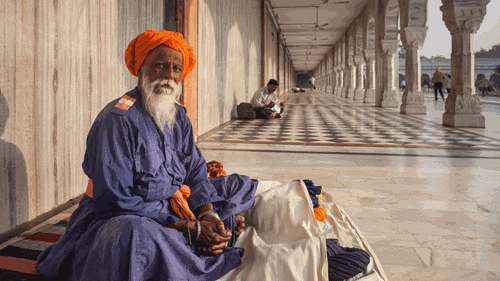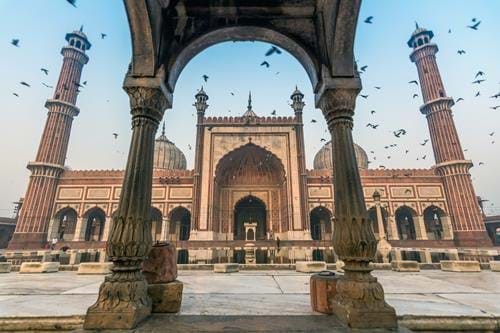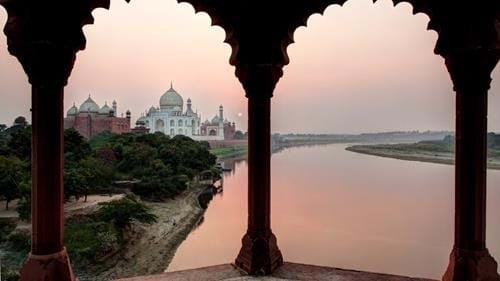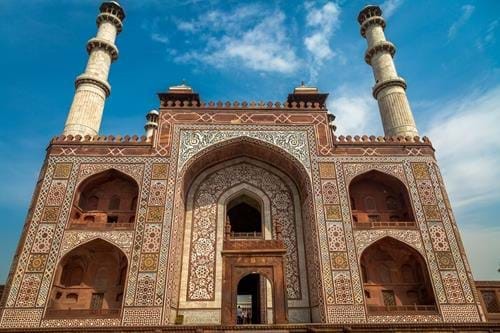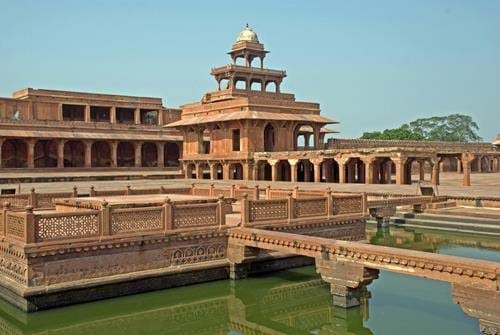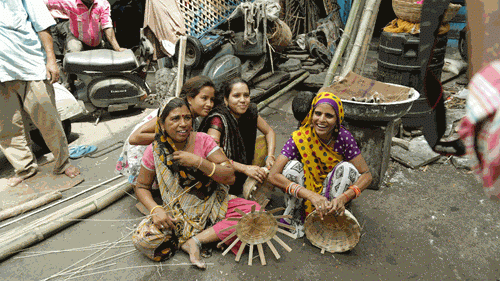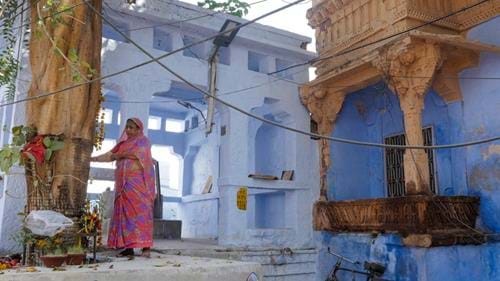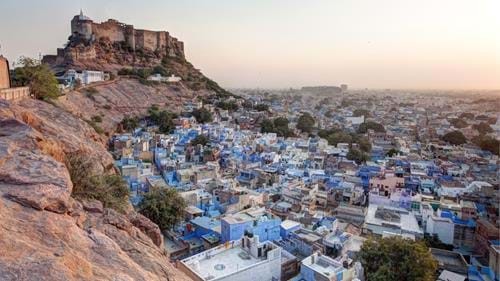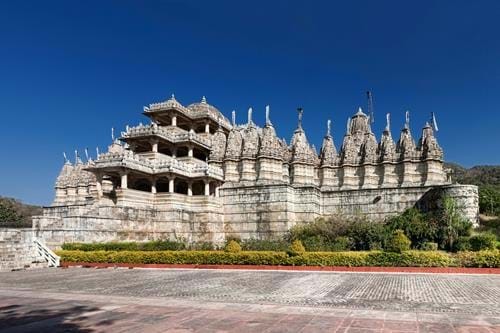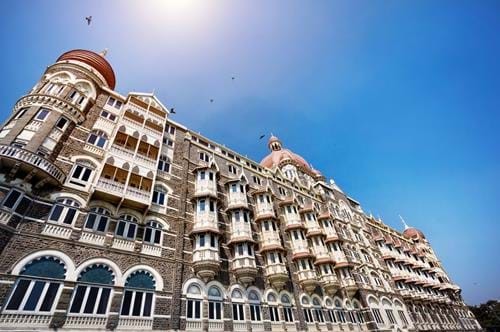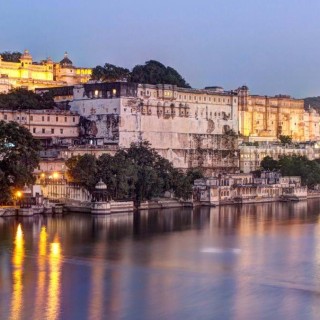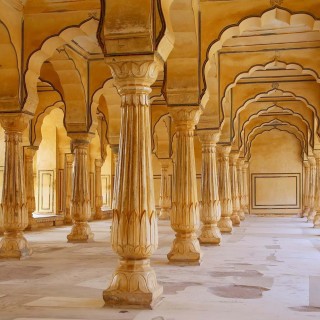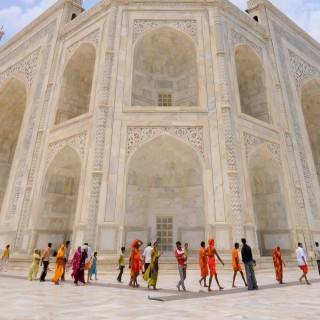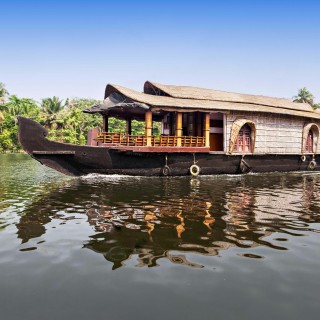Tailor-Made Tour
- Duration16 Days
- Prices From £ 5795
 Places Visited :
Delhi, Agra, Jaipur, Jodhpur, Udaipur, Mumbai
Places Visited :
Delhi, Agra, Jaipur, Jodhpur, Udaipur, Mumbai
Experience India’s most iconic sights and luxury hotels on this two-week tour of the popular Golden Triangle region. A great option for a honeymoon, this holiday features the Taj Mahal, Red Fort of Delhi, and the Pink and Blue cities of Jaipur and Jodhpur, it includes everything you could wish to see and do on a first trip to Asia’s most compelling country, with stays in a succession of glittering five star romantic hotels.
Whether you’re celebrating a honeymoon, landmark anniversary or birthday, or merely wish to build a perfect holiday around a visit to the Taj Mahal, this trip offers the best possible mix of experiences and value for money.
Enjoy some of the world’s most lavish hospitality at a bargain price on this trip of a lifetime to India.
Remember, this trip can be personalised to suit your travel needs - we can tailor everything from hotel, travel type, duration and more.

